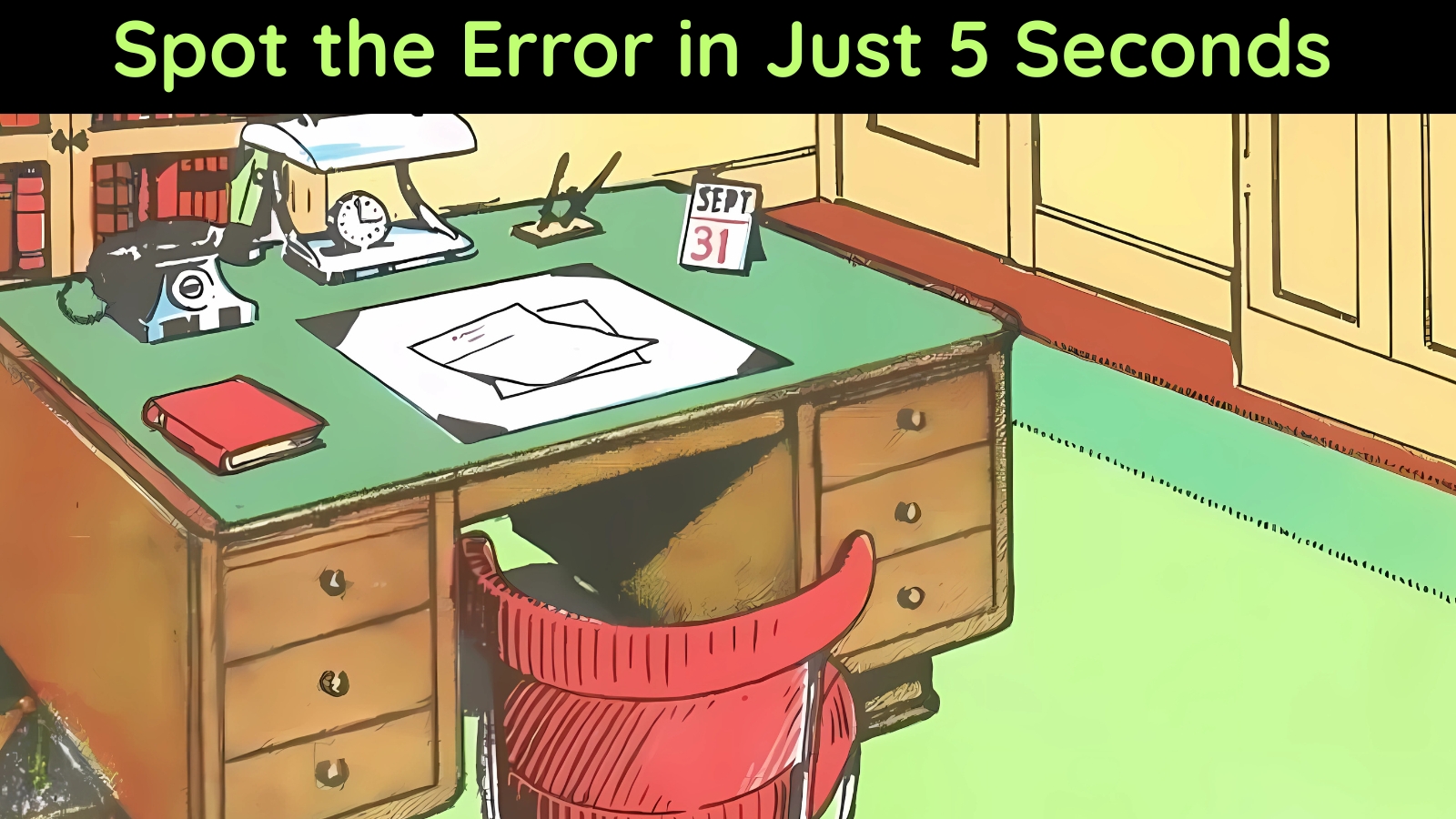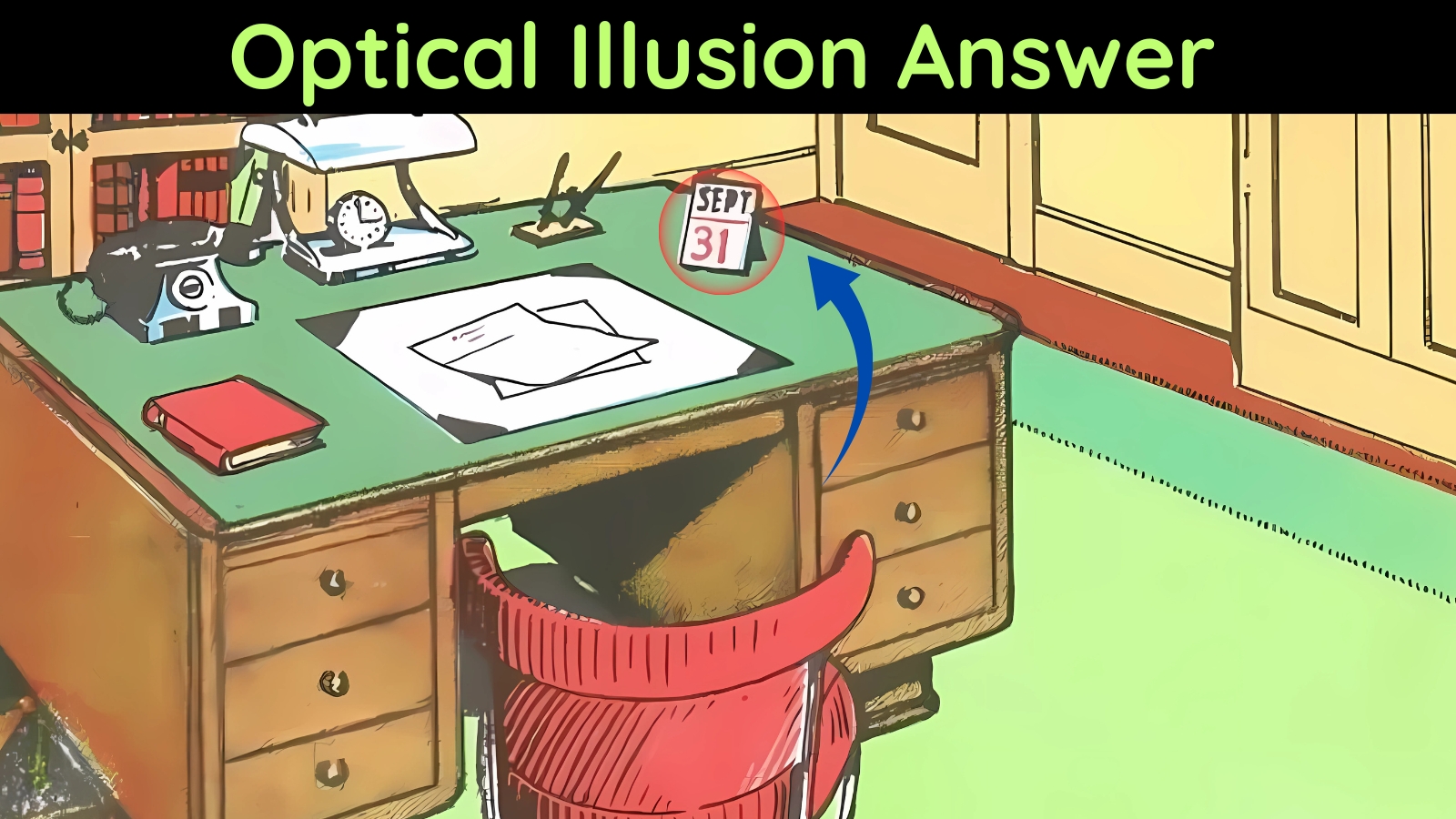Optical Illusion Hides Mistakes Visual intelligence puzzles have revolutionized cognitive training across digital platforms, challenging participants to identify concealed errors within everyday workplace scenarios. These cognitive assessment tools engage multiple brain regions simultaneously, strengthening neural pathways responsible for pattern recognition and spatial awareness.
The Neuroscience Behind Error Detection
When examining images for mistakes, the brain activates complex cognitive processes. Research from the National Institute of Mental Health demonstrates that visual puzzles enhance neuroplasticity, allowing the brain to adapt and strengthen through consistent mental exercise.
This Optical Illusion Hides Mistakes Can You Catch Them All?

Categories of Common Visual Errors
Perspective and Proportion Mistakes
Desktop puzzles frequently feature objects with impossible dimensions. Coffee mugs may appear larger than computer monitors, or pens might seem gigantic compared to surrounding items.
Physical Impossibilities
These include floating objects, gravity-defying positions, or shadows inconsistent with light sources within the scene.
Error Detection Performance Data
| Skill Level | Average Time (seconds) | Success Rate (%) | Common Mistakes Found |
|---|---|---|---|
| Beginner | 45-60 | 35-50 | Size inconsistencies |
| Intermediate | 20-35 | 65-80 | Shadow directions |
| Advanced | 5-15 | 85-95 | Digital anomalies |
| Expert | 3-8 | 95-99 | Subtle proportions |
Digital-Physical Inconsistencies
Modern workspaces blend digital and physical elements, creating opportunities for subtle errors. Computer screens might display invalid interfaces, or digital clocks could show impossible times.
Proven Observation Techniques
Systematic Scanning Method
Expert puzzle solvers recommend dividing images into quadrants, examining each section methodically rather than processing the entire scene simultaneously. This cognitive strategy significantly improves detection rates.
Color Analysis Approach
Items appearing in unexpected colors or showing inconsistent lighting effects often represent intentional mistakes placed by puzzle creators.
Professional and Educational Applications
Various professional fields benefit from enhanced visual observation skills. Quality control inspectors, medical diagnosticians, and security personnel rely on abilities to spot irregularities others might overlook.
Educational institutions increasingly incorporate visual IQ tests into curricula designed to develop critical thinking skills, helping students approach problems with methodical precision.
Digital Age Relevance and Practice
As digital literacy becomes crucial, visual puzzles help develop skills for navigating complex online environments. Users learn to identify suspicious website elements and recognize manipulated images.
Consistent practice with progressively challenging puzzles builds confidence and competency. Time constraints encourage faster pattern recognition while maintaining accuracy standards.
Optical Illusion Answer

Frequently Asked Questions
Q: How quickly should I solve visual puzzles?
A: Aim for 2-3 minutes initially, then gradually reduce time as skills improve.
Q: What’s the best scanning technique?
A: Use systematic grid scanning and focus on proportions, shadows, and text first.
Q: Do these puzzles actually improve cognition?
A: Yes, regular practice enhances attention to detail and analytical thinking.
Also Read:-Optical Illusion: Chewed Apple or Faces? What You See First
